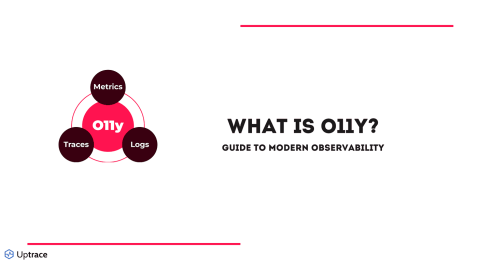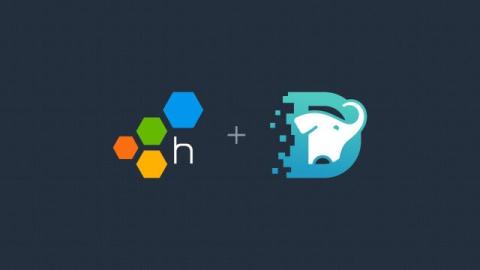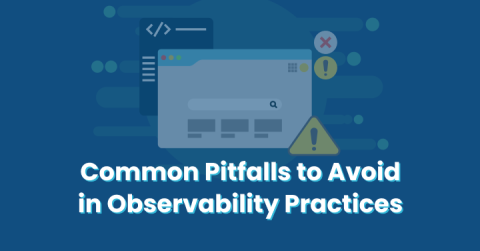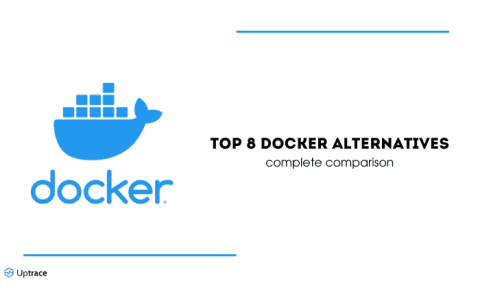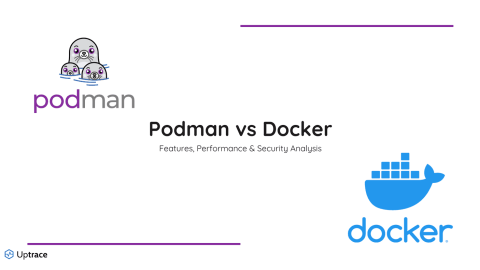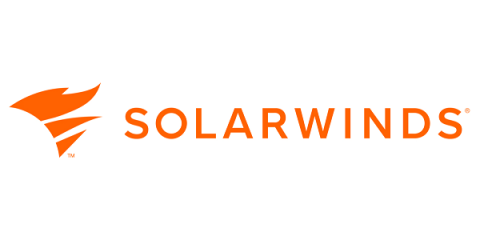What Is Full Stack Observability? Best Observability Solutions
Full stack observability (FSO) includes the ability to measure and monitor all layers of business infrastructure, security, and applications, from the underlying hardware and network performance to the user-facing software. As businesses shift from traditional, monolithic systems to more complex environments involving on-premises (on-prem) and cloud infrastructure, there comes a critical need for holistic observability.



